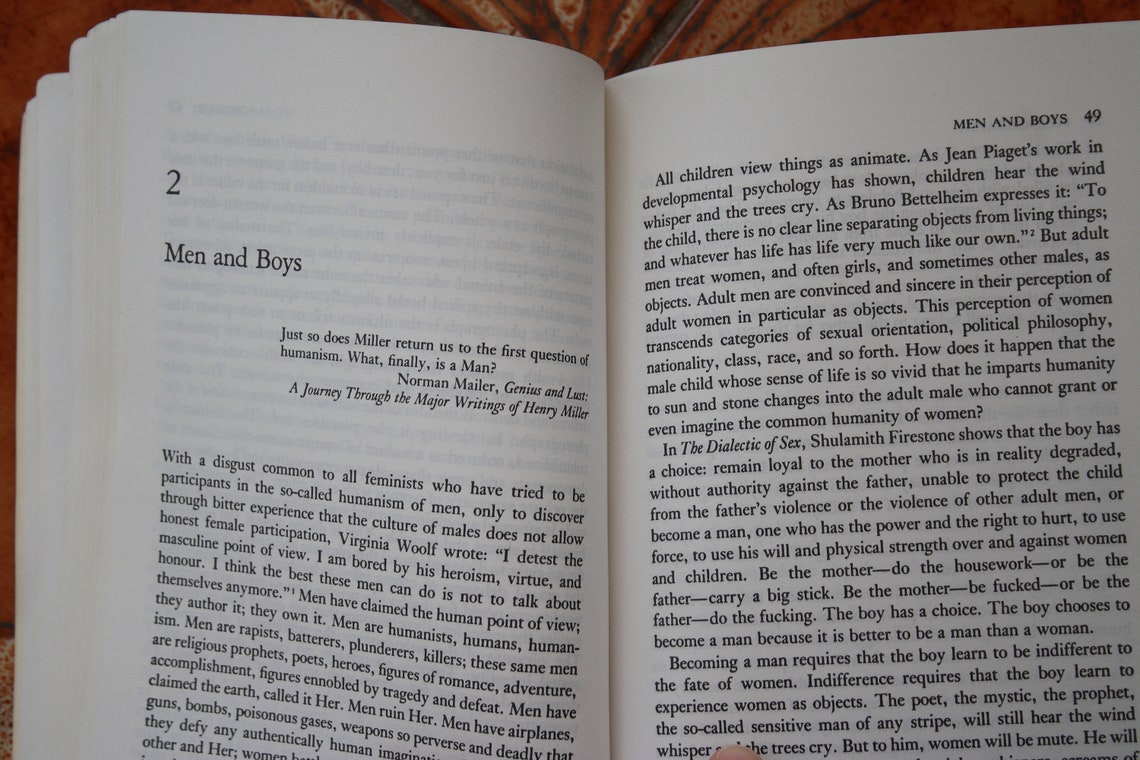
With such conditions informing pornography and its consumers, sex becomes a stage for the mingling of persons. Social dynamics like misogyny, heteronormativity, xenophobia and racism shape these collisions. Displaying genital action, hardcore pornography – especially the visual kind that became popular during feminism’s second wave – shows to an unusual degree the ways that sexed bodies collide. She insisted that we examine and take seriously what pornography shows us: its documenting of the sexual use of women’s bodies, as well as men’s consolidation of their ‘social power’. On such grounds, Dworkin, together with Catharine MacKinnon, objected to pornography’s constitutional protection as free speech, and proposed legislation to ban it, alleging it did not say or represent the degradation of women, but concretised and performed it, made it real.ĭworkin’s contributions to feminist thinking about pornography are radical and profound.

Andrea Dworkin put forth this view in Pornography: Men Possessing Women (1981), where she defined the genre as ‘the blueprint of male supremacy … the fundamentalism of male dominance … the essential sexuality of male power’.

Across at least five decades, from Susan Brownmiller to Gail Dines, some feminists have denounced pornography for enacting and inciting violence against women, making its viewers into psychologically inert consumers or, worse, sexual aggressors.


 0 kommentar(er)
0 kommentar(er)
